
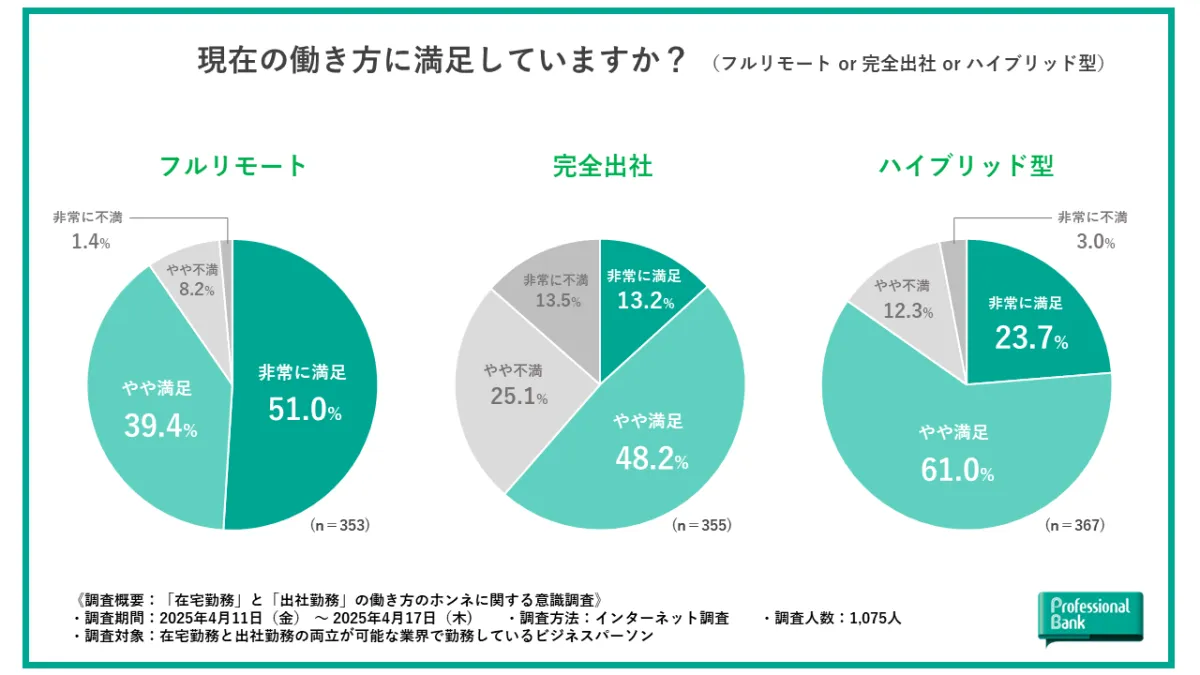
The Changing Landscape of Work: Insights on Remote and Hybrid Working Preferences
The Changing Landscape of Work: Insights on Remote and Hybrid Working Preferences
In a recent survey conducted by Professional Bank's HR Research Institute, significant insights into the working preferences of professionals in sectors allowing both remote and on-site work have emerged. With 1,075 business professionals participating, the survey delved into attitudes towards work styles, particularly in the wake of the COVID-19 pandemic. The shift towards remote work has been remarkable since early 2020, but lately, there has been a noticeable trend back to the office by some companies.
Survey Overview
The study aimed to compare remote work against on-site work regarding satisfaction and productivity based on a demographic of professionals from industries such as IT, finance, and advertising that can accommodate both working styles. The survey ran from April 11 to April 17, 2025, and yielded the following responses: 353 full remote workers, 355 fully on-site workers, and 367 hybrid workers.
Key Findings
- - Satisfaction levels for all types of work are generally positive, yet full remote workers rated their experience much higher.
- - The primary reason for satisfaction among remote workers is the elimination of commuting, which leads to reduced stress and improved time management.
- - Conversely, in-office workers express that face-to-face interactions enhance their productivity and team dynamics.
- - Hybrid workers appreciate the freedom of having 'commute-free days,' leading to higher levels of job satisfaction, blending the positives from both work styles.
- - Common grievances for remote workers include factors outside their control impacting work and feelings of isolation.
- - On-site workers overwhelmingly cited commuting problems as their top source of dissatisfaction.
- - Unique challenges exist for hybrid employees, such as managing tasks effectively across two working environments.
Satisfaction Levels Across Work Styles
In assessing satisfaction levels:
- - A remarkable 90.4% of full remote workers reported feeling satisfied, with over half (51.0%) indicating they were 'very satisfied'.
- - For fully on-site workers, only 13.2% felt 'very satisfied', showing the disparity in happiness across different working methods. Hybrid workers maintained a high overall satisfaction with 84.7% of respondents pleased with their arrangement.
- - A deeper dive revealed that more than half of remote workers appreciated the significant reduction in commuting fatigue, evident by 51.1% endorsing it as their primary benefit. Other advantages cited included time efficiency (40.8%) and savings on commuting costs (24.1%).
Challenges Faced by Different Work Styles
Despite the high satisfaction levels, each work style presents specific challenges.
- - Remote workers noted that factors like noise or poor internet connectivity could hinder their productivity. Additionally, the feeling of being isolated poses potential drawbacks.
- - On-site workers faced not only fatigue from long commutes but also the pressure to prepare for work physically. Nearly 50% cited time constraints due to commuting as a significant issue.
- - Hybrid employees grapple with striking a balance between both work types and managing the distinct stresses each environment brings.
Ideal Working Conditions
When asked what constitutes their ideal work situation, most respondents favored a hybrid model with a higher emphasis on remote work. Full remote workers lean towards prioritizing full remote options, while many in-office workers idealized a hybrid approach. For hybrid workers, a majority (79.6%) expressed satisfaction with their current arrangements.
Overall, this survey spotlights the evolving perceptions and expectations surrounding work styles amidst a changing work landscape. The findings underscore the growing preference for flexibility within work configurations, stressing the importance of balancing productivity with employee well-being and satisfaction.
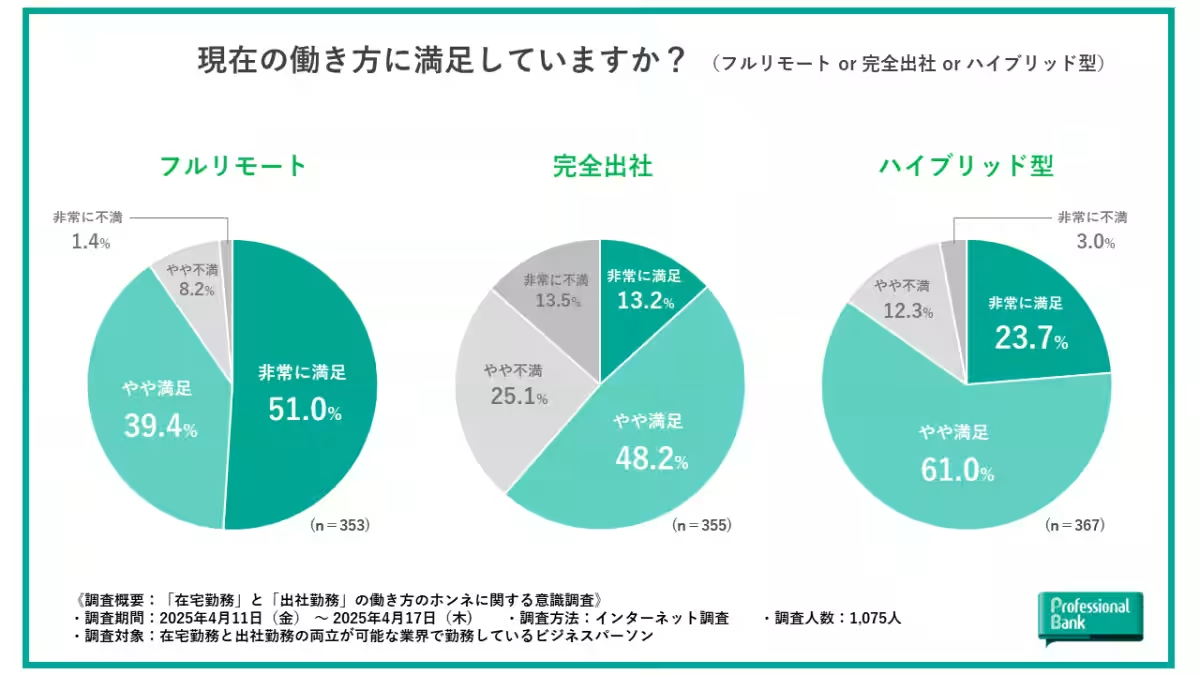
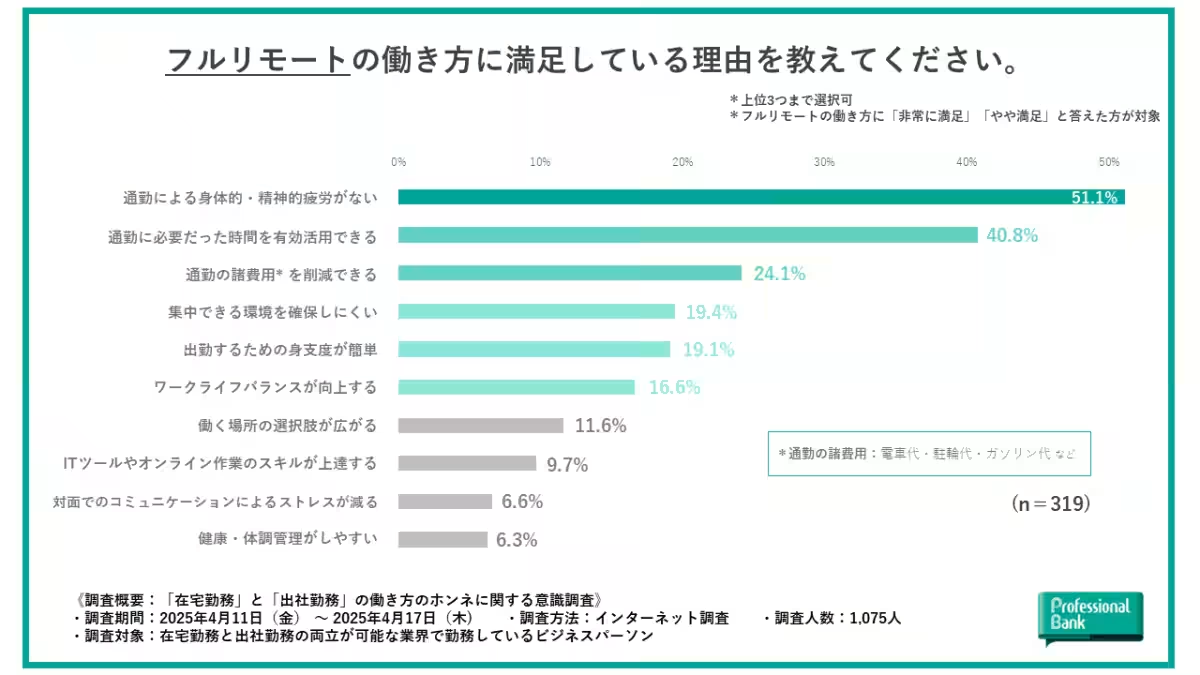
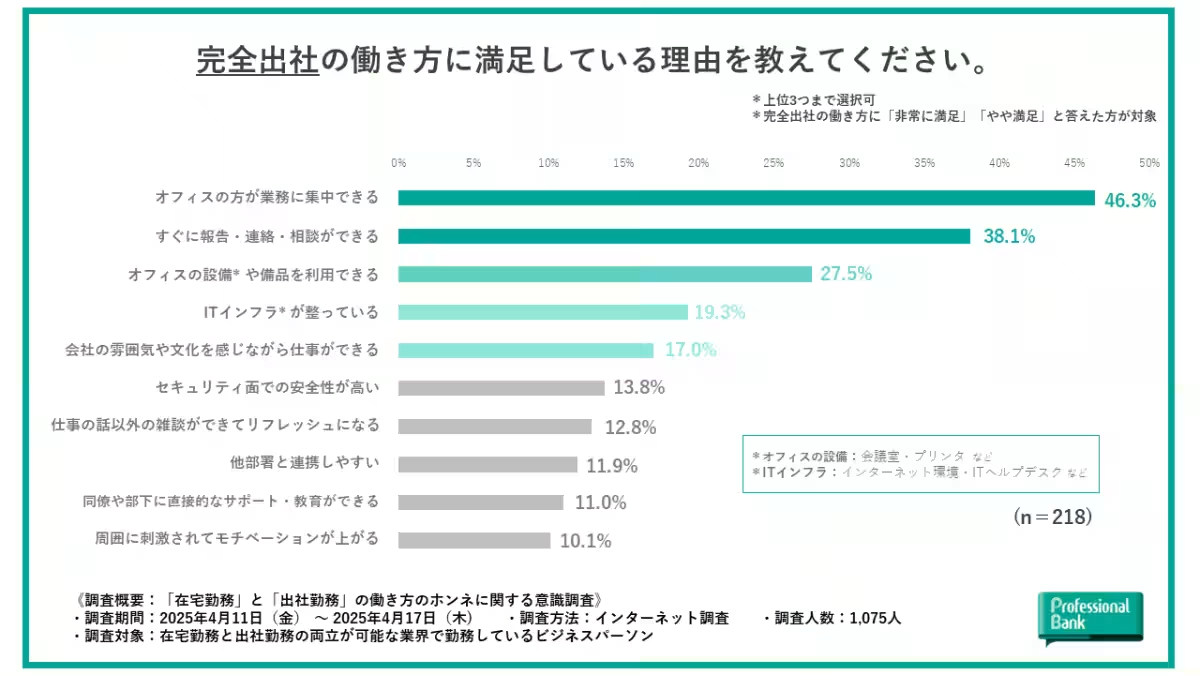
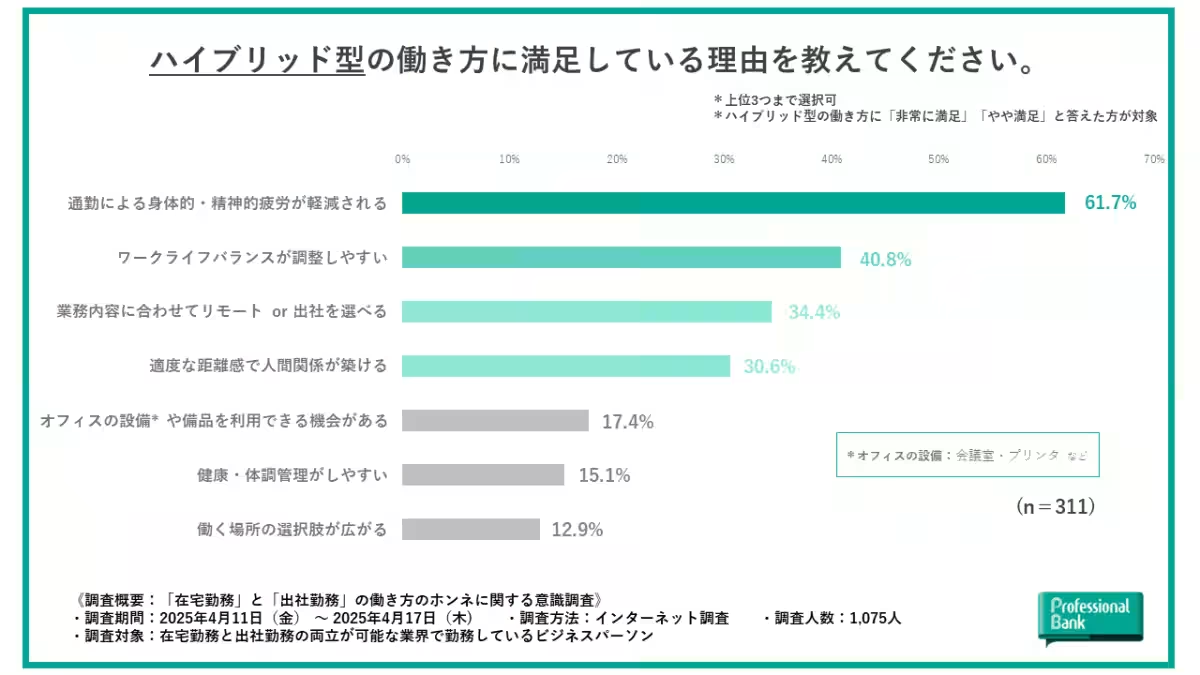
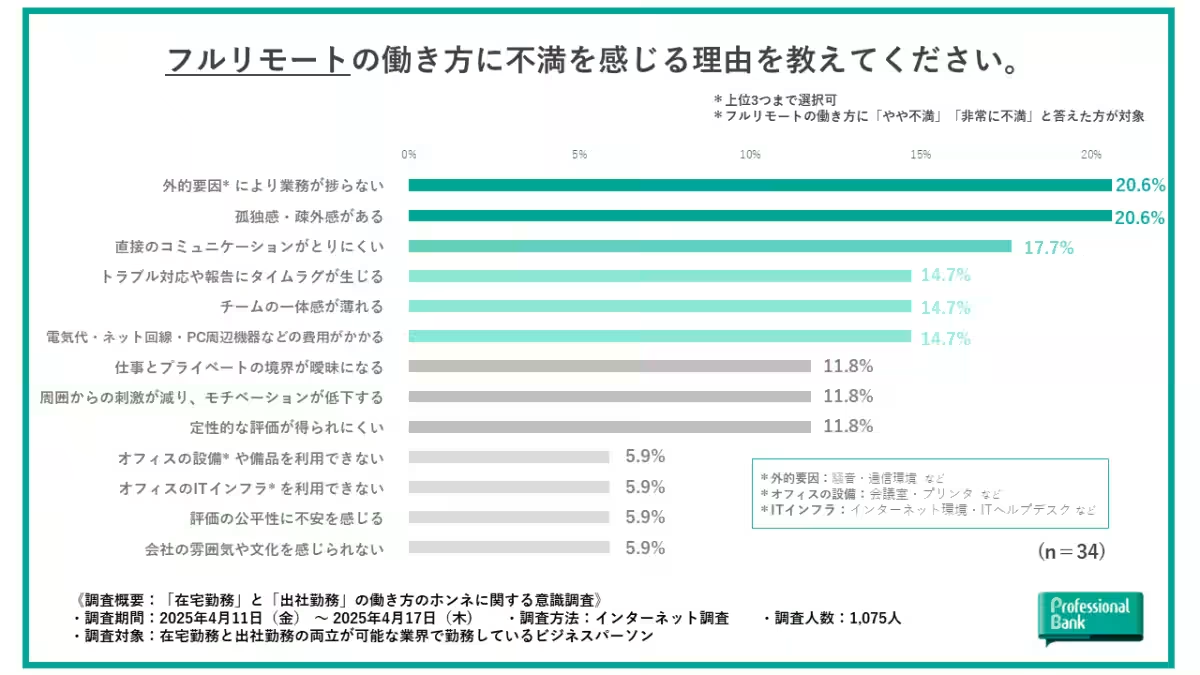
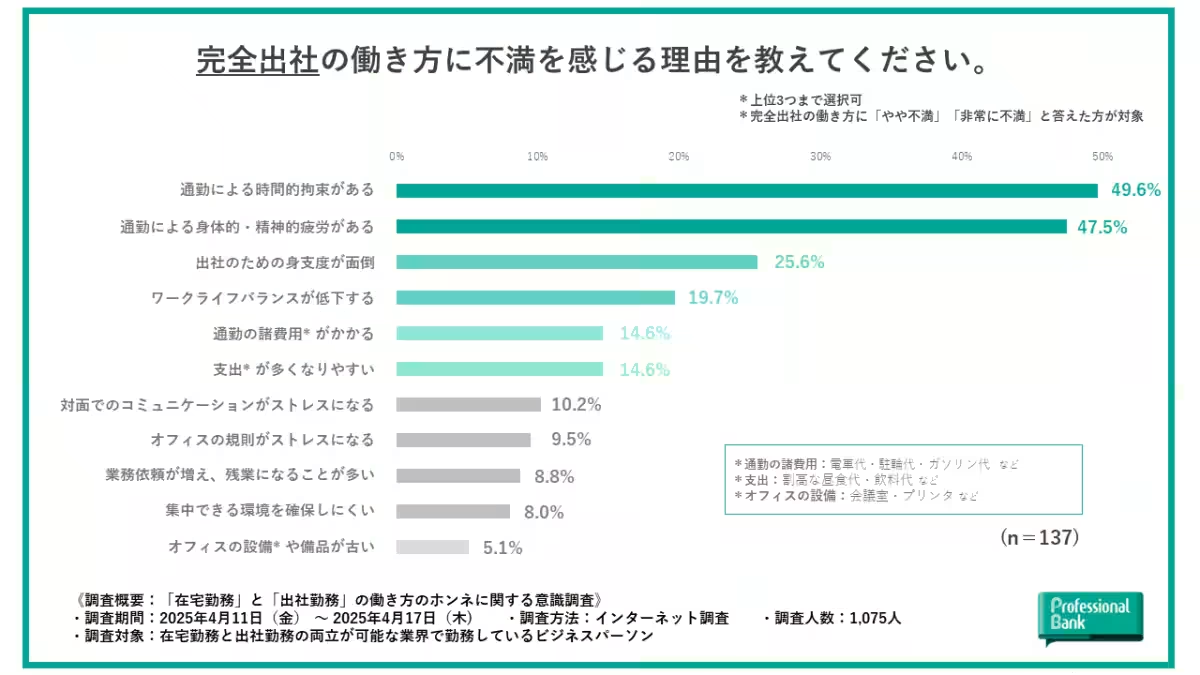
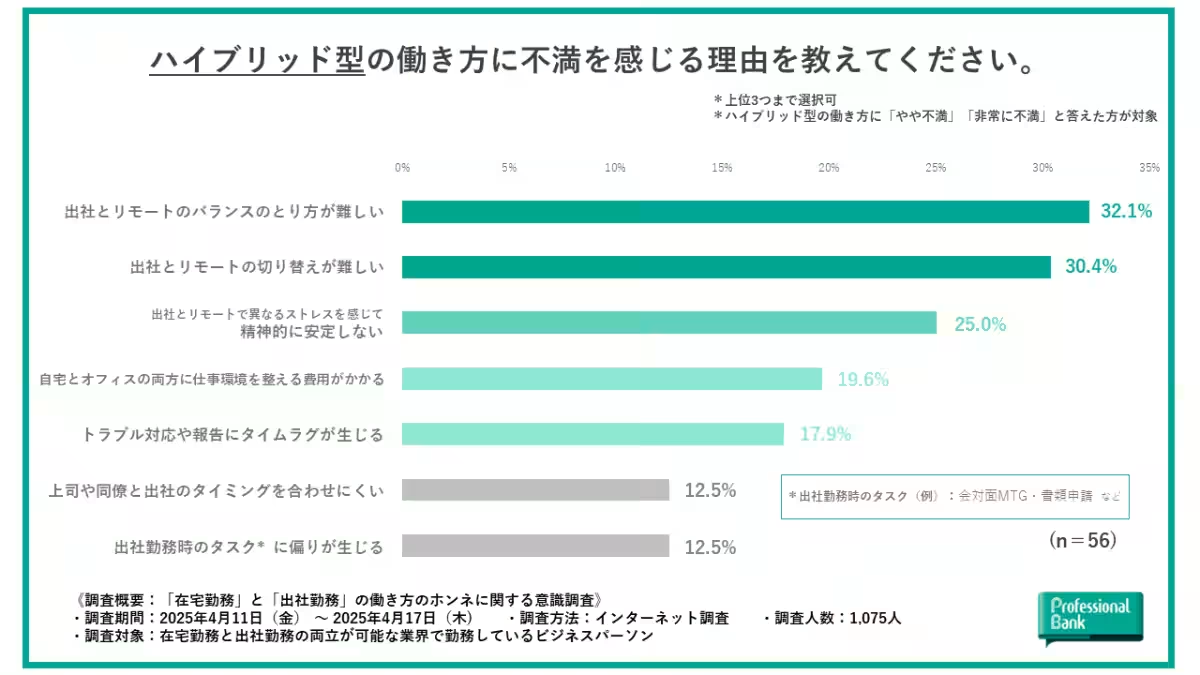
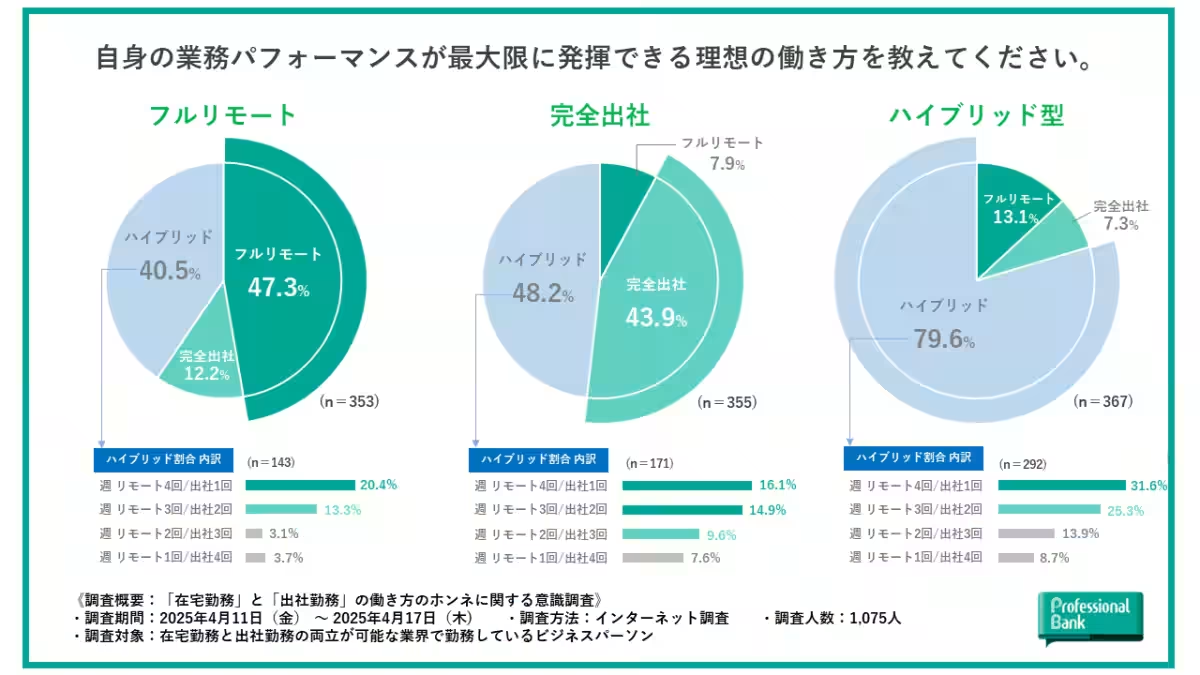
Topics Business Technology)










【About Using Articles】
You can freely use the title and article content by linking to the page where the article is posted.
※ Images cannot be used.
【About Links】
Links are free to use.